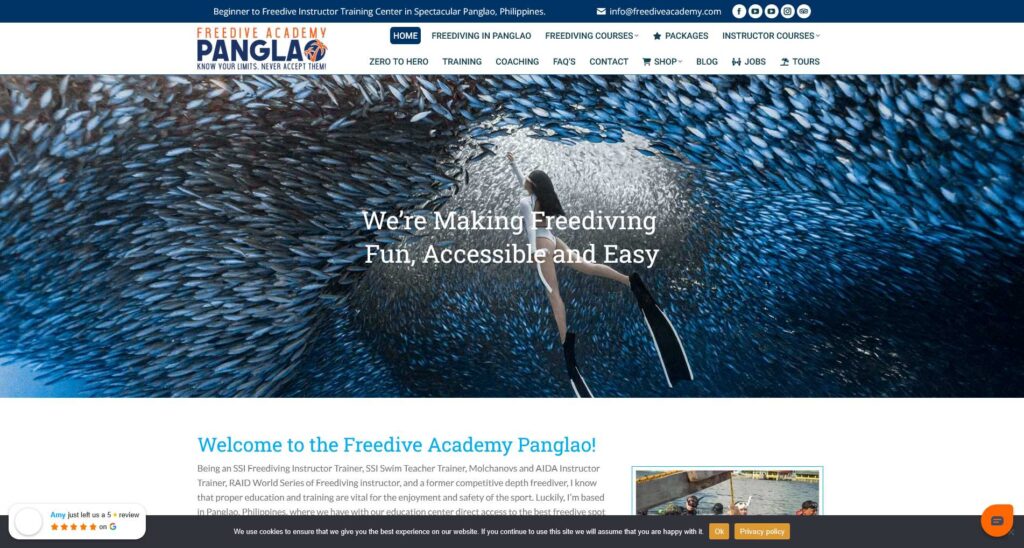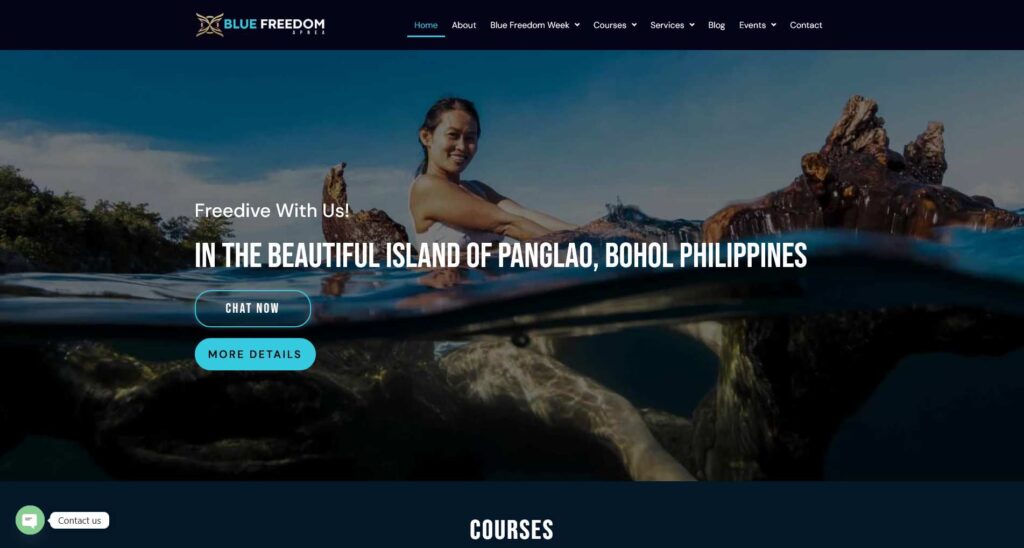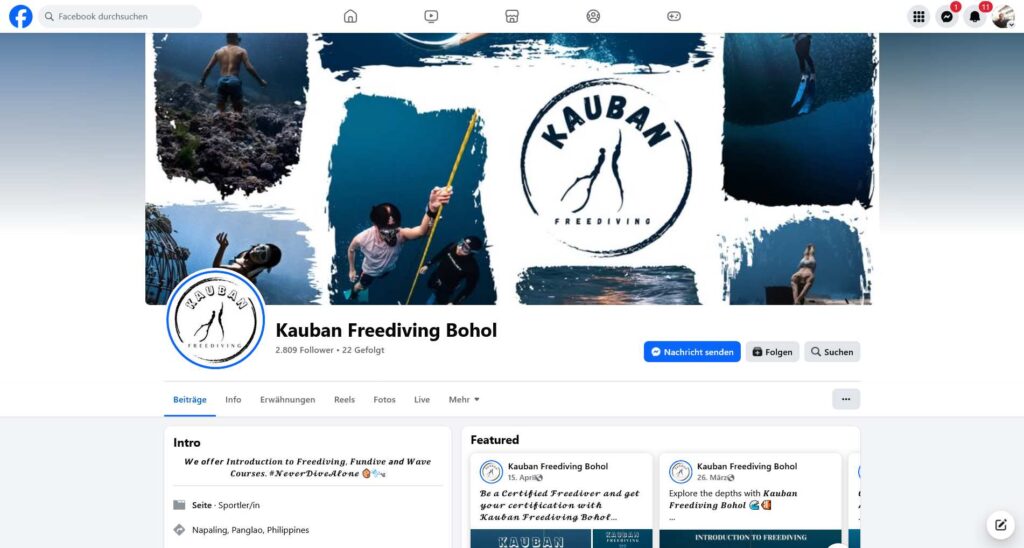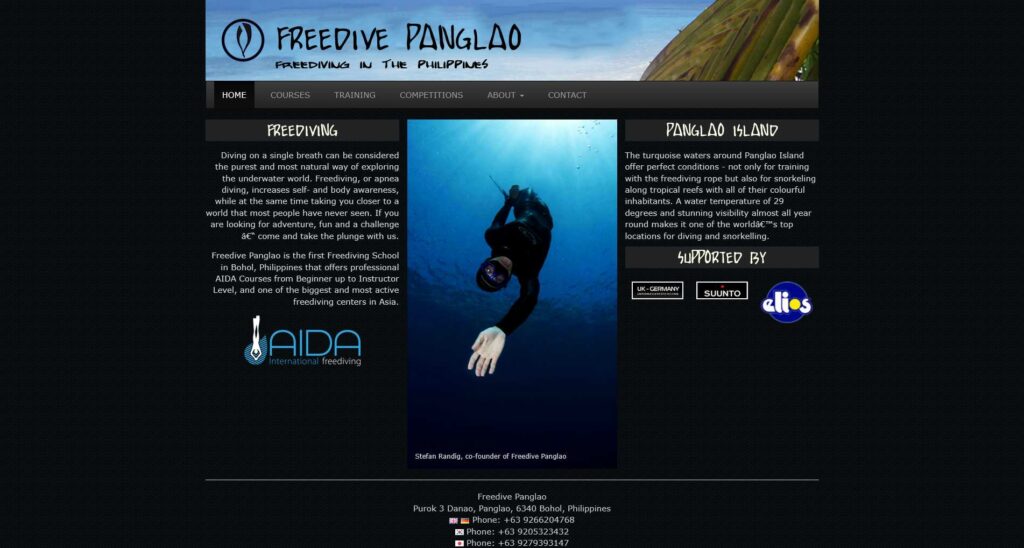Best Time to Visit
Peak/Dry Season: December to May. This is the ideal time for your trip.
Weather: Expect minimal rainfall, calm seas, and perfect conditions for beach activities, island hopping, and diving.
Crowds & Price: This is the most popular time, particularly December to February (cooler, drier) and March to May (hotter, very dry). Prices for flights and accommodation will be at their peak, and you should book well in advance.
Chocolate Hills: The dry season is when the grass on the Chocolate Hills turns its distinct golden brown hue.
Off/Wet Season: June to November.
Weather: Expect quick, predictable afternoon showers, but often plenty of sunshine in between.
Benefits: You’ll find lower accommodation rates, fewer crowds, and the island is very lush and green, which is beautiful for photography.
Accommodations: Budget vs. Luxury
Panglao, especially the main tourist hub of Alona Beach, offers a wide range of options catering to every budget.
Type
Best Area
Examples & Style
Luxury
Alona Beach, Doljo Beach, quieter stretches of Dumaluan Beach
5-Star Resorts: Amorita Resort, Henann Resort Alona Beach, Donatela Hotel. These offer private beaches, multiple pools, and world-class service.
Mid-Range
Alona Beach area, Danao
Comfortable hotels and resorts with pools, good service, and proximity to restaurants (e.g., Linaw Beach Resort, Marina Point Bay Resort).
Budget
Alona Beach area (Tawala)
Numerous guesthouses, inns, and hostels (like Mad Monkey Panglao or Moon Fools Hostel). You can find very affordable dorm beds or basic private rooms here.
Tip: While Alona Beach is the most expensive and busiest area, it offers the greatest density of budget options, as well as the most establishments.
Restaurants & Dining
The dining scene is vibrant, especially along Alona Beach, where restaurants set up tables right on the sand at night.
Fresh Seafood: Head to Alona Beach in the evening, where stalls display fresh catches of the day that you can have grilled on the spot.
Farm-to-Table: Visit Bohol Bee Farm, famous for its organic produce, delicious salads, fresh bread, and unique homemade ice cream (try the malunggay flavor!).
International Cuisine: Alona Beach and the surrounding area have a great selection of international fare, including:
Italian: Giuseppe Pizzeria & Sicilian Roast (highly rated for wood-fired pizza).
Healthy/Vegan: Shaka Bowls (known for acai bowls).
Asian: Wonderland Thai or Garlic n’ Lemon Bistro.
Filipino: Look for carinderias or budget-friendly spots like Aftertaste for local classics.
How to Get Around
From the Airport: Panglao is home to the Bohol-Panglao International Airport (TAG). You can take a taxi, van transfer, or a tricycle to your accommodation.
Short Distances: Tricycles are the most common transport for short trips (e.g., from your hotel to Alona Beach). Always agree on the fare before you ride to avoid being overcharged.
Inland & Long Distances (Best Option):
Motorcycle/Scooter Rental: Starting from around $\text{PHP } 300\text{ per day}$ (about $\text{USD } 5$), this is the most flexible and budget-friendly way to explore Panglao and the main island of Bohol (for the Chocolate Hills, Tarsiers, etc.) at your own pace.
Private Car/Van: Best for groups or families. You can hire a car/van with a driver for a full-day tour to Bohol’s countryside attractions.
Public Transport: Jeepneys and buses run from the Integrated Bus Terminal in Tagbilaran (Bohol’s capital, connected by bridge to Panglao) to various points on the main island, offering the cheapest way to travel.
For Whom is this Area Recommended?
Panglao is a fantastic, versatile destination for almost everyone:
First-Time Visitors to the Philippines: It offers a wide variety of activities, reliable infrastructure (by island standards), and easy access via a major airport.
Beach Lovers: Alona Beach, while busy, has beautiful white sand, while Dumaluan Beach is a great choice for those seeking a more tranquil, picturesque stretch of sand.
Scuba Divers and Snorkelers: Panglao is the main jump-off point for two world-famous dive/snorkel spots:
Balicasag Island: Known for spectacular coral reefs, sea turtles, and vibrant marine life.
Napaling Reef: Famous for its incredible sardine run (a massive school of fish) accessible right off the shore.
Adventure Seekers and Sightseers: It is the most convenient base for day trips to Bohol’s iconic inland sites, including the Chocolate Hills, the Philippine Tarsier Sanctuary, the Loboc River Cruise, and the Hinagdanan Cave.
Couples and Families: The range of luxury resorts and mid-range accommodation, combined with a balance of activity and relaxation, makes it great for both.




